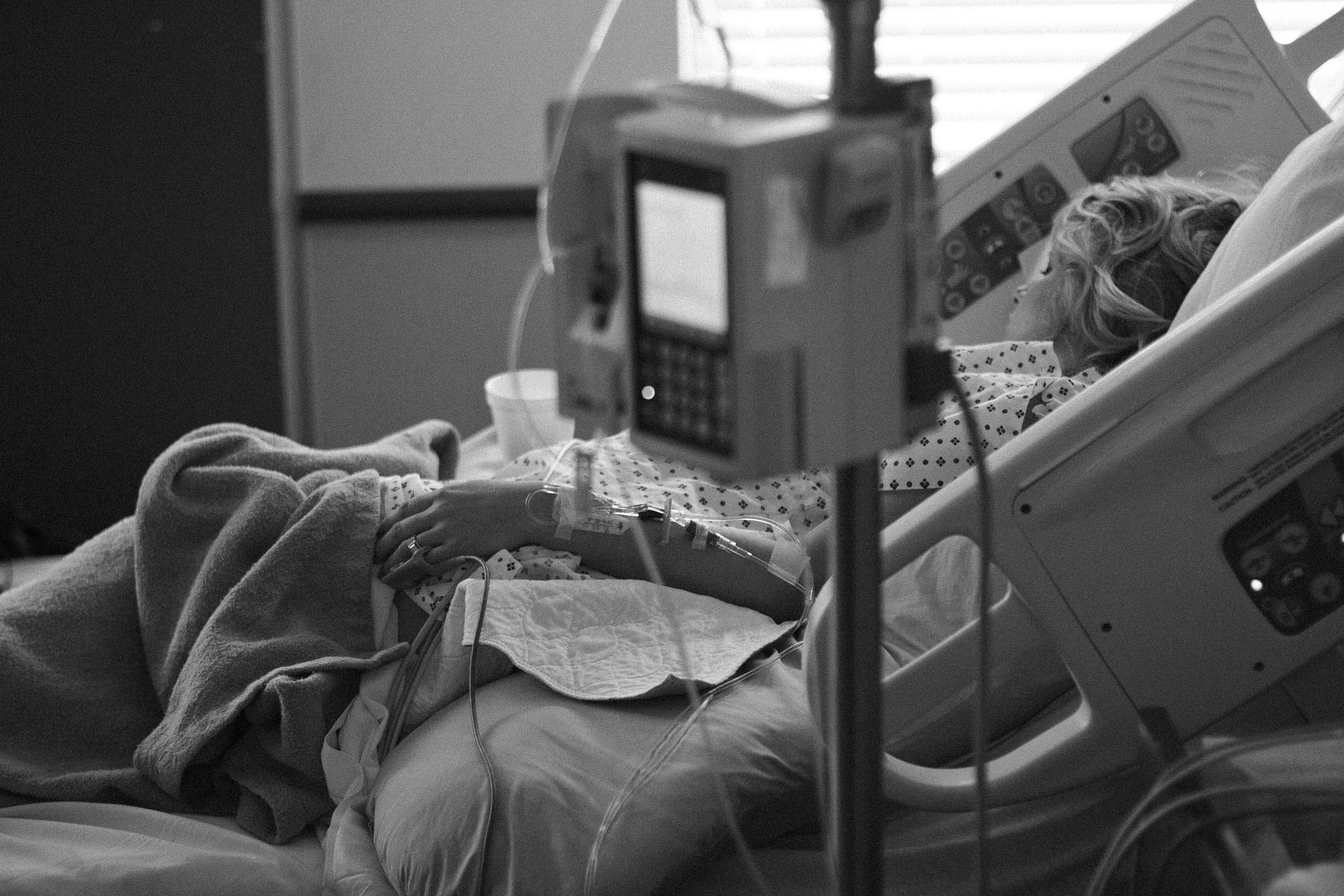A Glimpse of Co-Infections and Antimicrobial Use in Hospitalized COVID-19 patients
During the pandemic, hospitalists prescribing patterns changed, reflecting new data, clinical experience, and the introduction of new therapies.

The widespread transmission of COVID-19 and subsequent hospitalizations created a huge burden on the health care system. Certainly many hospitals and medical centers saw higher antimicrobial usage and in some cases reported increases in infections during those early months of the pandemic.
Investigators from the NYU Langone Health system studied the incidence of co-infections and antimicrobial use in patients hospitalized with COVID-19 to collect data in hopes of serving as a guide for antimicrobial use in this population.
Although there was a low rate of co-infection at admission, a longer stay in the hospital saw an increased risk of secondary infections, and investigators said antimicrobial use exceeded the incidence and detection of co-infections in these patients, according to their study presented virtually at the 2021IDWeek.
Investigators conducted a retrospective analysis with inpatients admitted with COVID-19 from January 1, 2020, to February 1, 2021 at 3 hospitals within the NYU Langone Health system.
Of 7213 inpatients, 663 (9.2%) of them had a positive bacterial or fungal culture of the respiratory tract or blood during the entire course of their initial admission for COVID-19. Additionally, the analysis showed that positive respiratory cultures were found in 437 (6.1%) patients, with 94 (1.3%) being collected within 48 hours of admission. In terms of blood cultures, positive tests were seen in 333 patients (4.6%), with 115 (1.6%) identified within 48 hours of admission.
Investigators saw an increase in the incidence rate the longer people stayed in the hospital but showed a decline in prescribing antimicrobials later in the pandemic. This latter finding suggests treatment was evolving and clinicians were changing their prescribing practices based off the evolution of data, their clinical experience, and introduction of newer therapies.
“Infection-free survival decreased with duration of hospitalization, with rate of secondary infections steadily rising after the second week of hospitalization,” they wrote. “70.2% of inpatients received antimicrobials for a median duration of 6 antimicrobial days (IQR 3.0 – 12.0) per patient. A higher proportion of patients received antimicrobials in the first wave than in the late pandemic period (82.6% vs. 51.8%).”
The study, “Co-infections and antimicrobial use in patients hospitalized with COVID-19,” was presented virtually at IDWeek 2021, held September 29-October 3, 2021.
